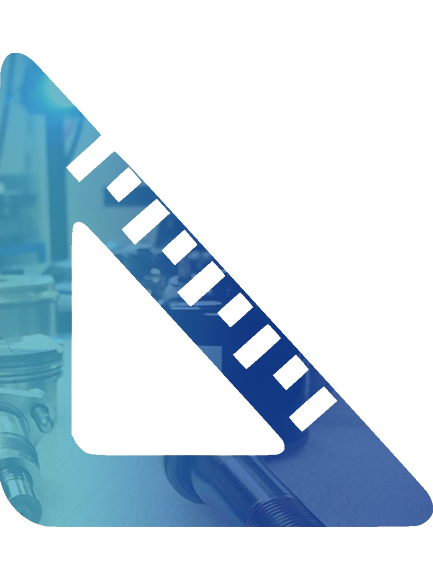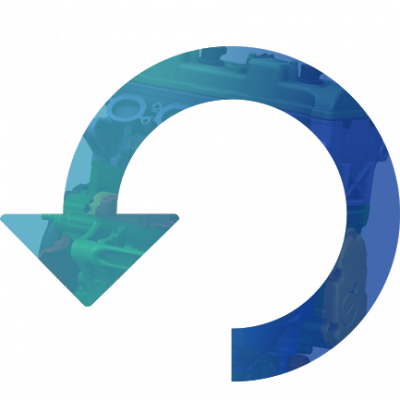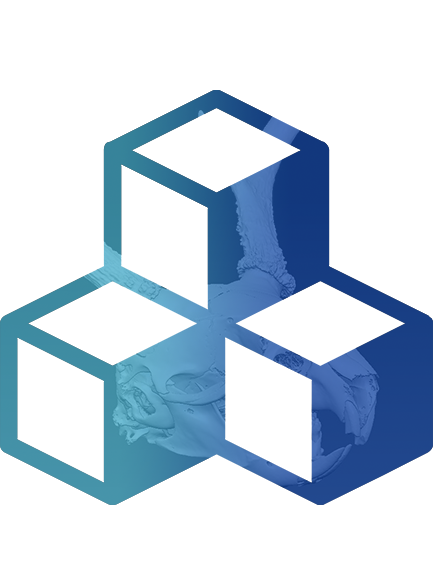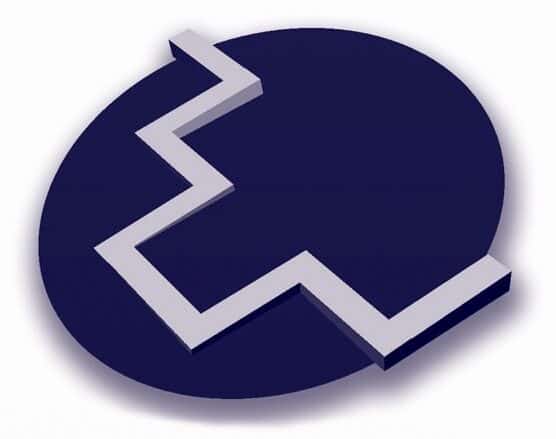Metrology
- First Article Inspection
- Deviation Mapping
- Fit analysis of assemblies
- Wear Analysis
- Coating thickness Analysis
Inspection can be performed by a combination of CMM, Structured Light Scanning and Industrial CT scanning.
One of the most powerful uses of 3D scanning is deviation mapping. The scan data is compared to either your CAD model or a scanned reference part. Deviation mapping can show areas out of tolerance, but maybe more importantly it gives instant visual insight into problem areas. Deviation mapping among others is used for dimensional checks, wear analysis, coating thickness measurement, determination of shrink. This is made possible by the millions of points collected by the 3D scanners, which allow for a more complete picture of what is happening with your part.
Because the data is collected without any particular datum scheme in mind, one can perform, “what if” scenarios to see what the effect is of different alignments. Furthermore, the scan data can be used for extraction of dimensional information, following GD&T rules. Even if more dimensions need to be extracted at a later point, the data has already been acquired.

Reverse Engineering
The deliverable for Reverse engineering can take many forms. Primarily driven by how the end user intends to apply the data, we use 4 categories to classify the end deliverable:

3D Digital Media
The improvement of scanning technology and software to manipulate large datasets, has spawned new ways of creating art as well preservation and investigation of cultural artefacts. The ability to capture complex shapes in high detail, has resulted in area’s of expertise.
- 3D Digital Archiving
- Replication and modification
- Mesh to CAD conversion

